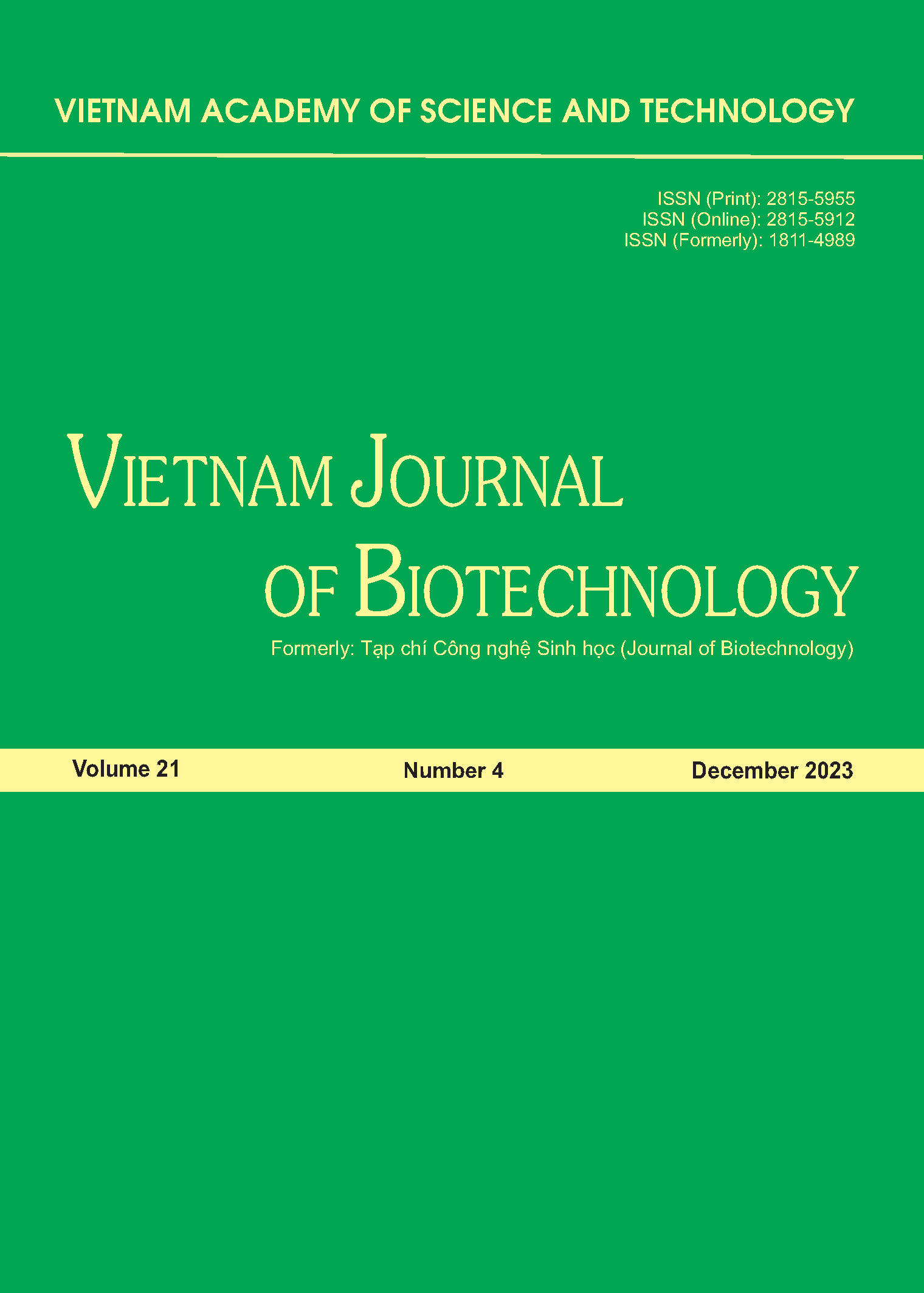Impact of mutations on Omicron's spike protein: Insights from variants found in Vietnam
Author affiliations
DOI:
https://doi.org/10.15625/1811-4989/20464Abstract
The SARS-CoV-2 virus is the primary agent responsible for the ongoing COVID-19 pandemic, leading to the loss of millions of lives worldwide. In 2023, the COVID-19 pandemic's impact is primarily driven by the Omicron variant, which features many unique mutations compared to previously identified SARS-CoV-2 variants. Through analysis of the network of Omicron variants collected in Vietnam, we determined variants expected to have high transmission efficiency and positive influence before studying the impact of mutations on the structural behavior of spike proteins and their affinity with hACE2. Our computational analysis indicates that these Omicron variants not only exhibit a significantly higher binding affinity than the Wildtype but also demonstrate increased binding free energy among variants. This enhanced binding affinity of Omicron variant is reflected in the enhanced stability of the hACE2 binding structure compared to the Wildtype. This study further elucidates the specific contributions of point mutations to the binding free energy. Notably, such mutations as W152R, F157L, G257S, S371F, S373P, S375F, T376A, D405N, N440K, S477N, T478K, E484A, Q493R, Q498R, N501Y, D614G, N679K, P681H, N764K, D796Y, and N969K were found increasing the binding free energy of Omicron's spike protein in complex with hACE2.







